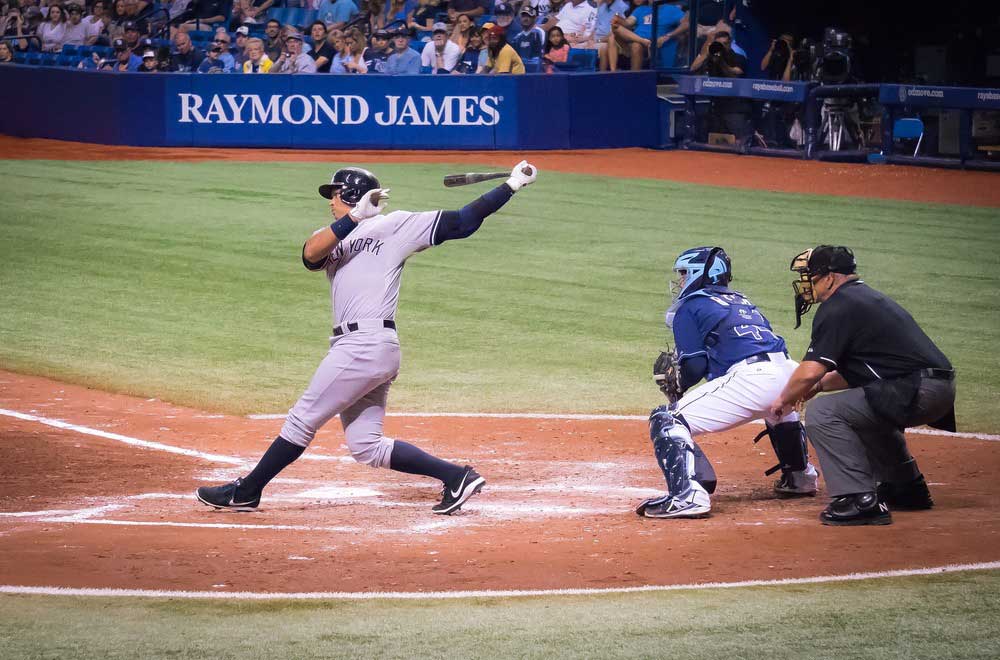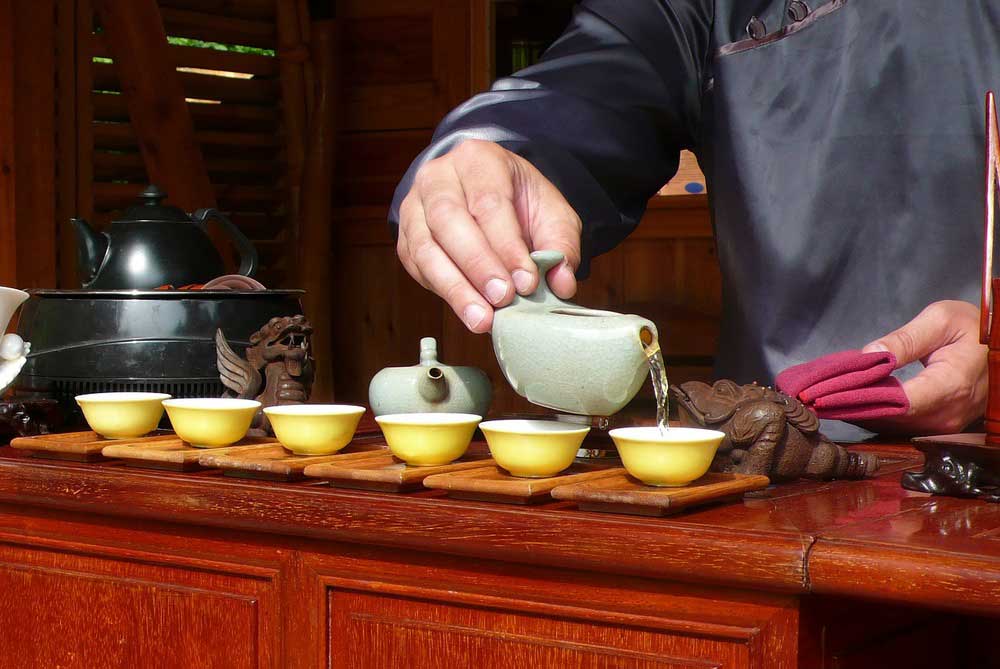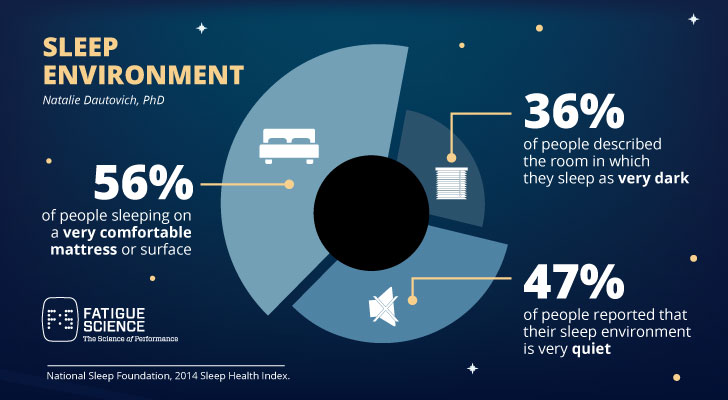
Professional athletes, and especially aspiring pro athletes, have always done what it takes to get from point A to point B, from one game to the next, with long hours on buses and airplanes and sleep often more neglected than a visiting team mascot. That’s just how it was in pro sports, players sleeping when and how they could, often taking what it takes, from alcohol to medication (and too often a mixture of both) to get the rest required to perform next.
Today’s elite athletes are presumably much more finely tuned and aware of the impacts of poor sleep, not to mention the potential performance consequences of using prescribed or over the counter medications, herbal preparations, and/ or alcohol to get their sleep. However, recent research suggests athletes are still more likely to use (and possibly abuse) sleep medications than those in other professions.
Given the inextricable link between sleep and human performance, elite athletes at every level, weighed with gruelling travel, practice and game time pressures, feel the need for Zzzs, especially in season. But if not carefully managed, under doctor supervision, the quest for a quick sleep fix using sleep aids is often no fix at all when it comes to actual performance. And the route that some athletes are still taking to get that sleep is downright dangerous.
While debate about the effectiveness of each approach is ongoing, there is a wide-variety of both established and emerging sleep aid options available, from nutritional substances to prescription drugs, for managing professional athletes struggling to sleep. All of them require careful consideration and planning with a qualified medical expert.
Knowing the game: Sleep Rx risks and the elite athlete

Most over the counter (OTC) sleep medications are not on the 2016 World Anti-Doping Agency list. However, there are ongoing concerns about their use among elite athletes hoping to realize the performance advantages of improved sleep. In fact, Olympic champions have have been placed into drug rehabilitation due in part to dependence on sleep medication. And at least one high profile Olympic nation recently banned all sleep medication use by their Olympic athletes once selected for Rio 2016. (Taylor, Lee et al)
First and foremost, when it comes to sleep aids of any type, athletes, coaches and training staff have to be strictly aware of and compliant with the medical regulations in each of their sports:
NFLPA Drug Policies
Major League Baseball Joint Drug Prevention and Treatment Program
NBA Collective Bargaining Agreement
NHL Collective Bargaining Agreement
World Anti-Doping Agency’s (WADA) Prohibited List
All of these regulations are in a state of constant flux and need to be regularly and carefully reviewed by players and coaches for compliance. One minor slip can mean severe consequences that will cost athletes far more than a night’s sleep.
High tea before hypnotics: Where to start with sleep aids

One might expect to find mythically strong athletes like Mike Trout or J.J. Watt downing protein drinks rather than sipping on cups of hot tea. However, as the importance of sleep comes further to light, bone china and the high pinky might not just be for the monarchy after all. According to some sports scientists, natural sleep aids like vitamin supplements and yes, herbal teas, should be considered among the first lines of treatment for athletes struggling with sleep.
“The holistic, individualized approach to solving sleep issues in elite athletes is important,” says sports scientist Alan Hsieh. “Trying sleep aid teas with ingredients like valerian root and lemon balm, or making adjustments to diet, sleep environment and routine should always come before sedative-hypnotic prescription drugs, for example. There are a lot of different natural options out there that can potentially make a difference to elite athletes dealing sleep problems. Those should be a starting point.”
Elite athletes don’t have to look hard to find some of those solutions claiming to help combat sleep trouble ‘naturally’. Many haven’t been comprehensively investigated in peer-reviewed scientific literature and rely on subjective results. And the advertising that proclaims effectiveness rely mostly on subjective, anecdotal reports. However, subjectivity plays when it comes to the mysteries of sleep, and a wide variety of natural sleep aids can be easily purchased at drug and health food stores.
Natural sleep aids reported to have some benefit include tart cherry juice, magnesium and calcium, hops, L-theanine, passionflower, kava, St. John’s wort, lysine, chamomile tea, lavender, skullcap, magnolia bark, 5-hydroxytryptamine, and Gamma-Aminobutyric Acid (GABA).
Melatonin
Melatonin is a hormone directly linked to sleep and circadian rhythm in humans. It is derived from serotonin and secreted by the pineal gland, especially in response to darkness. Many of the products listed above are said to help stimulate melatonin production, but again validated scientific proof is scarce. Melatonin is also available in supplemental, over-the-counter pill forms in the United States and Canada and carefully-timed administration has been endorsed by the American Academy of Sleep Medicine for its benefits in helping shift workers, for example.
Melatonin skeptics point toward the relatively limited amount of quantitative data to support its benefits to athletes struggling with sleep.
Proponents point toward melatonin’s use for elite athletes in combating jet lag, for example, as the effects are said to help adjust circadian rhythm by ‘resetting’ the sleep cycle. It’s also favoured because of limited lingering cognitive and psychomotor side effects. However, in addition to grogginess if not used with the correct timing in order, more significant side effects of the use of melatonin in elite athletes include is its tendency to cause reductions of blood pressure; this is especially important in light of relatively lower blood pressures among athletes. Also, it should be noted that melatonin is not recommended by the American Academy of Sleep Medicine as an effective treatment for chronic insomnia.
Eat yourself to sleep: Elite athletes need to understand interrelationship between nutrition and healthy rest
There is more and more research linking nutrition and sleep. In fact, researchers such Dr. Brandon Marcello report that without proper sleep management, even the most elite nutrition plan for athletes can be rendered nearly useless.
“Nutrition can make a good athlete great, or a great athlete good,” says Marcello, who has implemented successful high-performance training programs for professional, Olympic and collegiate athletes. “When built upon proper sleep habits, these two components can provide both an optimal training response, and improved performance.”
Once again, there is no clear scientific evidence that any macronutrient either enhances or inhibits alertness or sleepiness. However, many foods are reported to increase the production of melatonin and tryptophan, the amino acid that helps stimulate serotonin production. As such healthy, natural foods including tuna, kale, walnuts etc should be carefully considered as part of any plan to try and help athletes improve their sleep.
Doctor’s orders: Prescription and OTC sleep aids for athletes
Doctor should know best when it comes to using sleep medications, for elite athletes or anybody else. But this is not always the case and employing the knowledge of a dedicated sleep expert is becoming more and more common among elite sports teams. Careful diagnosis and ongoing medical monitoring are critical to prescription drug use for sleep trouble, particularly because it’s often key to more significant health issues (depression, anxiety, injury, sleep apnea, etc).

Many athletes have sleep-related health issues and can benefit from detailed monitoring and medical intervention. Learn more about monitoring and managing sleep here.
However, under a qualified doctor’s supervision, when all the natural solutions have been exhausted, there is often no other choice than prescription medication for helping athletes who are dealing with diagnosed sleep disorders. This is especially relevant for those with more severe bouts of measurable insomnia or prolonged sleep deprivation related to unavoidable circadian disruptions (i.e., from travel) or environmental factors such as noise, heat, uncomfortable sleep surfaces, crowded sleep environments, etc..
Many prescription sleep drugs have been tested by scientists who work with military pilots, for example, with the benefits measured in terms of performance in complex flight operations involving both physical and cognitive dexterity. Several compounds have proven both safe and effective when used properly. In fact, according to researchers, performance after sleep induced with these medications is often far superior to performance after the disrupted or shortened sleep that occurs without the sleep aids.

A recent book co-authored by Dr. John Caldwell and Ian C. Dunican reports competitive and performance advantages for athletes using sleep medication under careful monitoring. Titled “Managing Sleep and Jet Lag for Optimal Performance” the book helps outline how high performance athletes dealing with sleep deficiencies can be treated using either Zolpidem (Ambien) or Temazepam (Restoril).
“It is very hard to fall asleep 2-3 hours earlier than usual, and going to bed very late in the (new) destination time zone may not be a good option when the competition or training schedule precludes sleeping late the next morning,” write the authors. “In these cases, it is perfectly safe and reasonable to use a short-acting sleep medication for the first 2-3 days in a new time zone.”
According to Dr. Caldwell, the possible risks associated with sleep medications need to be weighed against the risks of insufficient sleep in the absence of these drugs.
“Particularly in people who use these medications on an infrequent basis, the benefits of better sleep often far outweigh any potential and minor long-term concerns,” says Dr. Caldwell.
Additionally, there are plenty of non-prescription sleep medications on the market and many variations of their use among performance athletes. But just because they can be bought in store without a prescription, doesn’t mean these sleep aids should be taken carelessly. Most of these OTC products include various doses of Diphenhydramine or Doxylamine, which can be very strong hypnotics and can linger in the system and produce lingering sleepiness or sedation. And coaches need to be aware of the possibility that these easy-to-acquire sleep meds may be abused, with bootlegged concoctions like purple drank leading to often catastrophic results for high performance athletes.
However, as part of a careful sleep monitoring and management plan for elite athletes, OTC sleep aids may also prove a useful short term solution if their administration is properly timed and they’re used under appropriate medical supervision.
Future evaluation of the use of sleep aids for high performace athletes
It has to be noted that there are serious concerns among many in the scientific community about the dangers of altering sleep patterns with prescription, and especially over the counter sleep medications especially. Some of these medications have been linked not only to lingering impacts on motor and cognitive function but to cancer and even death. Thus, taking sleep reporting compounds should not be taken lightly, especially for athletes leading up to competition. At the very least the impacts on athlete’s sleep need to be carefully measured and monitored while using sleep aids.
And on the heels of a significant recent spike in interest regarding the impacts of sleep on human performance, many in the research world are calling for deeper examinations into how to effectively utilize sleep medication for elite athletes. Findings continue to point toward significant performance benefits from carefully managing sleep.
Learn more about monitoring and managing the power of sleep in performance athletes here.
Interested in learning more about data-driven fatigue management?







